
The first rule for choosing the best fruits and vegetables is to buy what’s in season, and preferably what’s local. Sure, you can get strawberries in December and tomatoes in March, but they won’t have the flavor you’ll find in the same items when they’re at their seasonal best, and especially if they’ve just been harvested.
Season alone isn’t a guarantee of quality, though. Some things grow pretty much year-round in one corner of America or another, or keep well once they’re harvested. (Apples and potatoes are two examples.) And sometimes out-of-season produce imported from the Southern Hemisphere can be pretty good, despite its oversized carbon footprint.
But buying top-quality fruits and vegetables can be a little tricky at any time of year, wherever they’re from — and whether you shop at a supermarket, a neighborhood grocery store, a farmers market, or a farm or orchard itself. It’s important to find the right ones, though, because, as it turns out, according to research, eating fruits and vegetables is even more important than we previously thought.
Click here for suggestions on how to pick the best produce.
Even so-called “ugly” produce can be extremely flavorful once you cut off the bad bits. And some companies are now specializing in delivering unappetizing-looking but often delicious fruits and vegetables to your door. At the same time, perfect-looking produce can sometimes be artificially ripened, so appearance isn’t a foolproof measure of quality.
That said, a bright, consistent color often can be a good sign. Other things to look for include firmness and, for many items, weight (heavier is better), and an absence of mold or bruises. For some produce, especially certain varieties of fruit, your sense of smell is a great tool, too. An appealing fragrance is almost always an indicator of something ripe and flavorful.
All in all, choosing the right fruit or vegetable to begin with is even more important than knowing the proper ways to store your produce.
Because the standards can be different for different kinds of produce, 24/7 Tempo has assembled hints for choosing the best examples of 30 popular items.
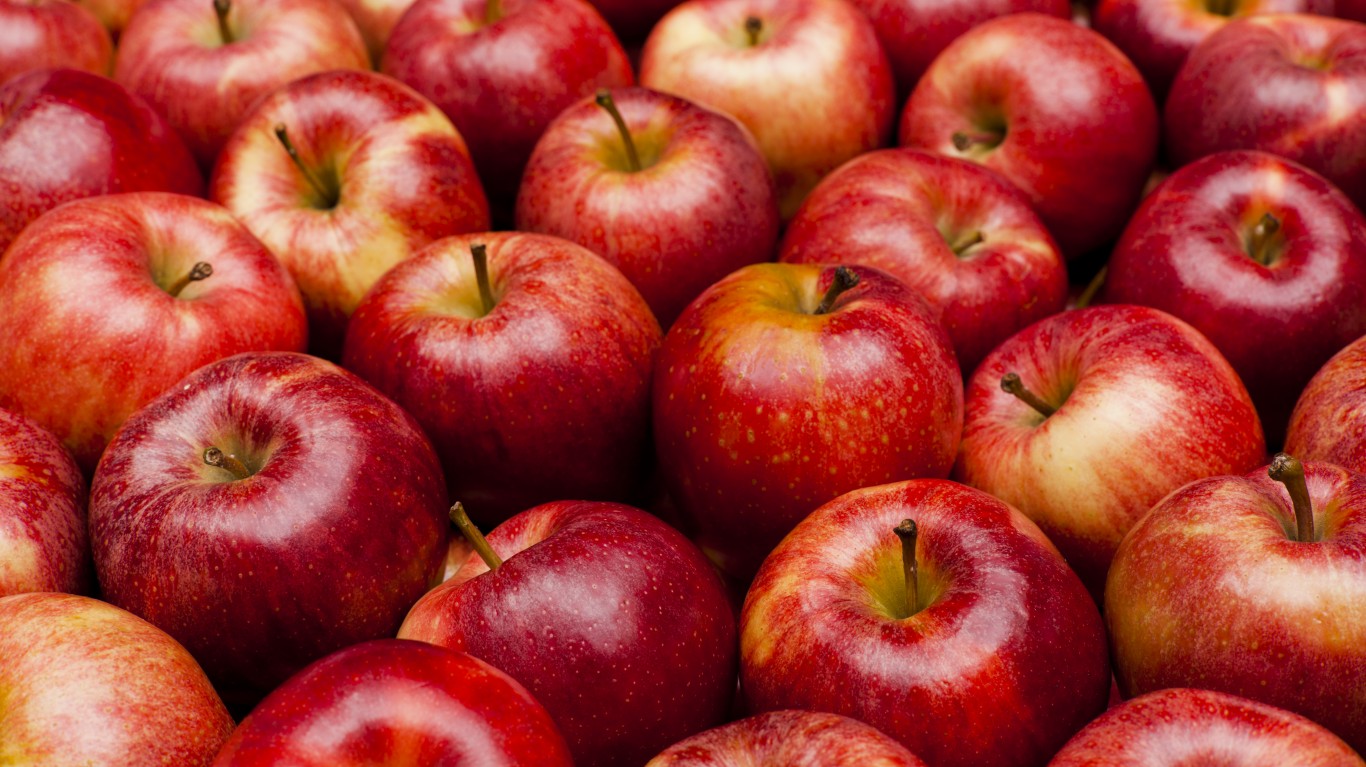
Apples
Look for fruit that’s firm and brightly colored, with no bruises, wormholes, or wrinkles.
[in-text-ad]
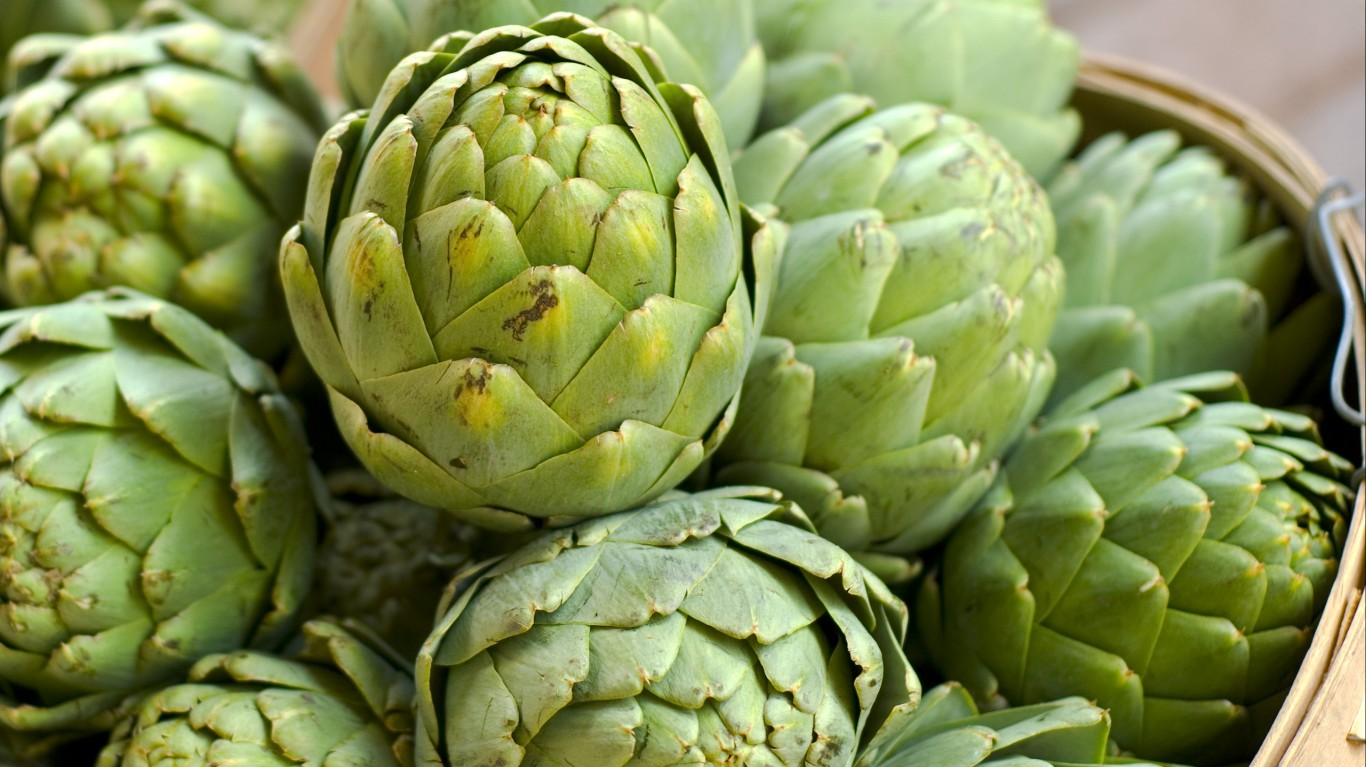
Artichokes
The best artichokes are heavy and usually dark green, with tight leaves that squeak a little when squeezed together.
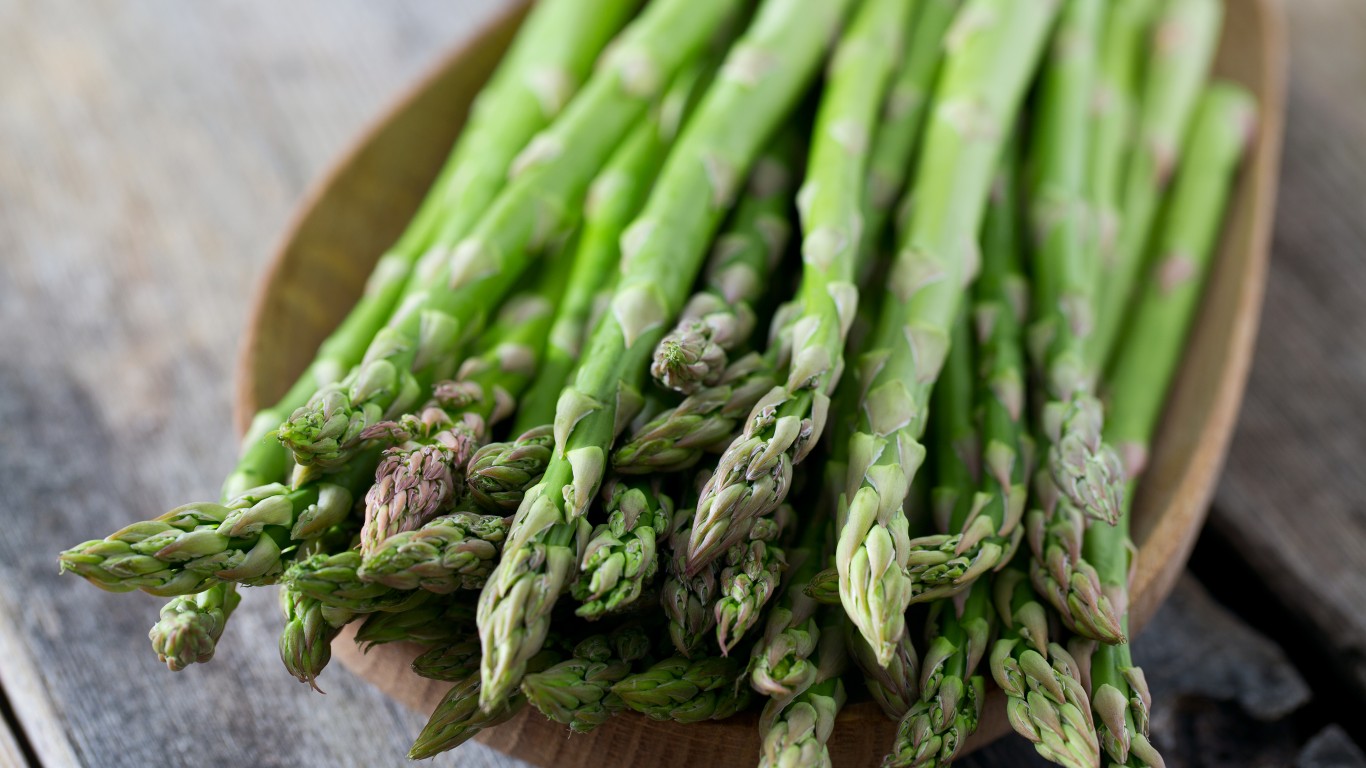
Asparagus
Stalks should be straight, with tips that are intact. Green asparagus should have a vibrant color; white asparagus should have an ivory hue. Thicker stalks usually have more flavor than the popular pencil-thin variety.
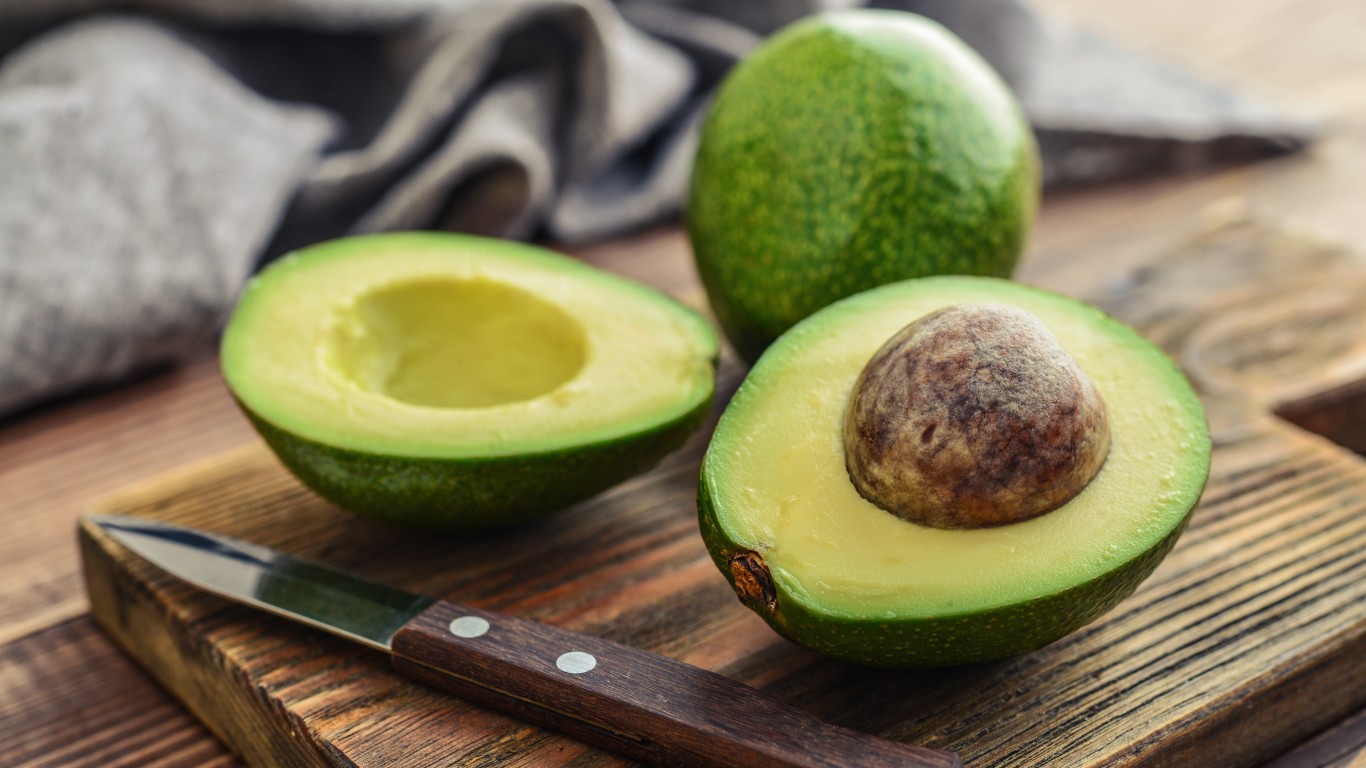
Avocados
Look for firm fruit with no soft spots. If there’s a soft rattle when you shake the avocado, the pit has separated from the flesh, which is not a good sign. Avocados ripen quickly and go from ripe to mushy in a day or two, so buy a firmer one if you’re not going to eat it immediately and then check it daily. If the tiny stem, called the calyx, comes off easily, the avocado is in prime eating condition.
[in-text-ad-2]
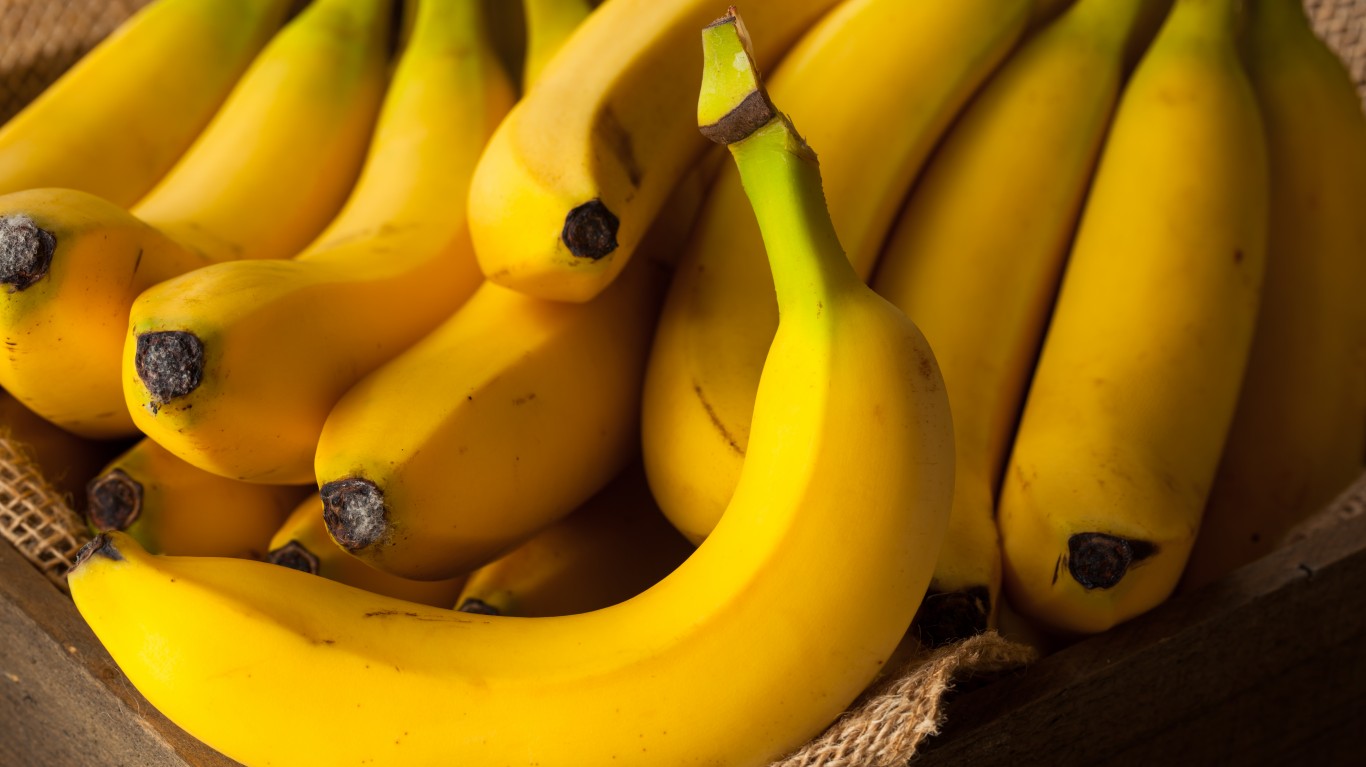
Bananas
Ripe bananas are bright yellow (unless they’re a species with skin of a different color). A few brown spots are normal, but skin that’s mostly brown indicates a banana better for cooking (as for banana bread) than eating plain. Buy firm green fruit if you don’t plan to eat it for a few days and let it ripen on the kitchen counter.

Bell peppers
These should be fairly heavy and vividly colored, whether green, red, or yellow. Avoid those with wrinkles or soft spots.
[in-text-ad]

Blueberries
Look for firm berries and don’t buy those that show mold or have cracked. If the berries are packed in cartons, turn them upside down to see if any bad fruit shows through or has leaked.
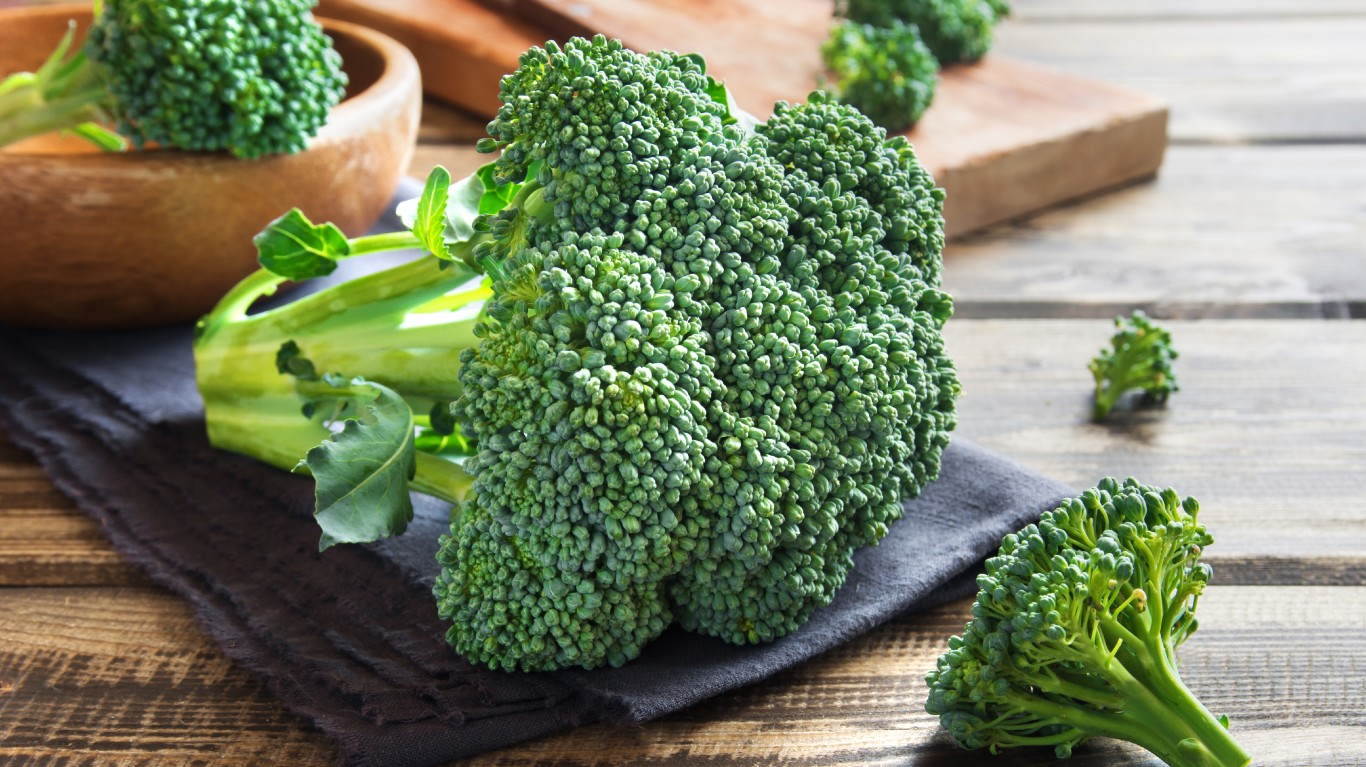
Broccoli
Broccoli should be dark green, with tightly clustered florets (unless it’s the thin-stalked, loose-leafed farmers market variety). Avoid any that’s beginning to turn yellow.
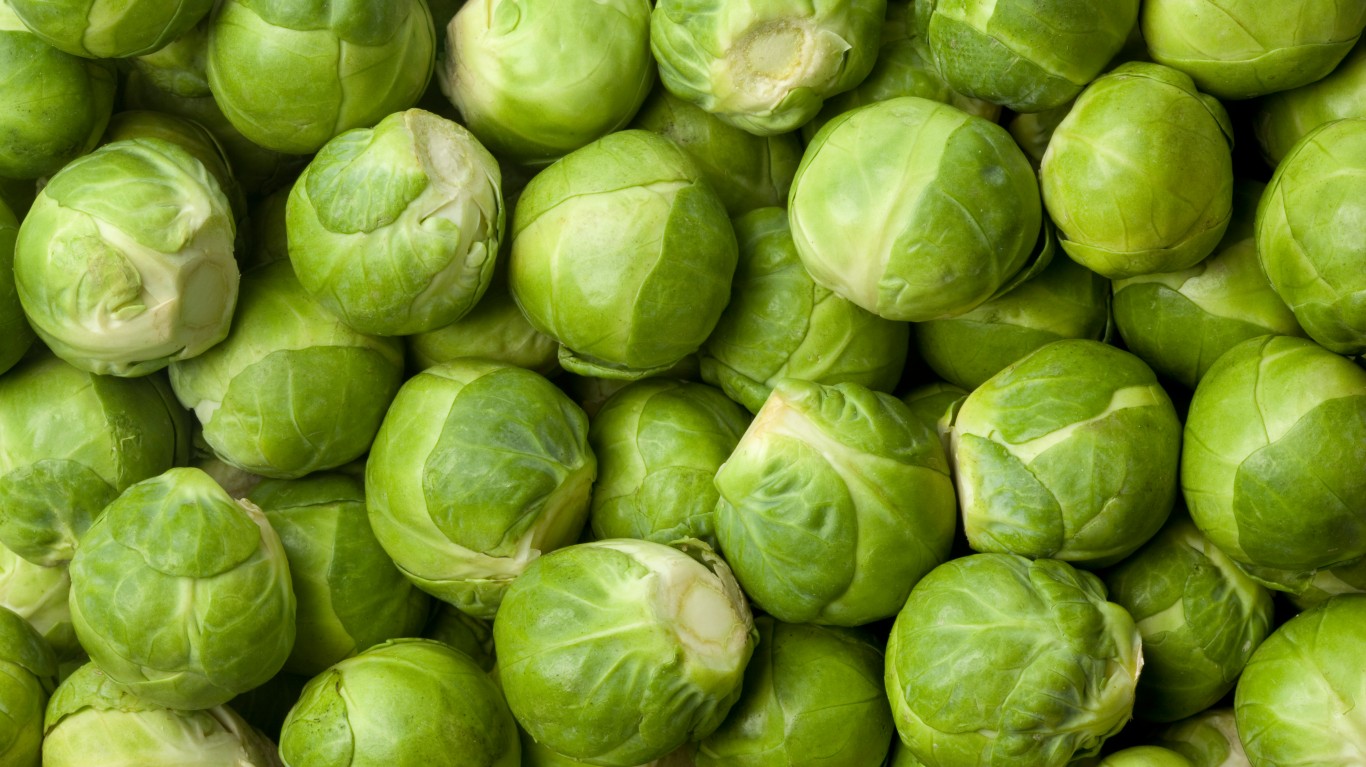
Brussels sprouts
You’ll want firm heads, with no yellowing. A few black spots are okay, as the outer leaves are easily peeled off.
[in-text-ad-2]

Cantaloupe and honeydew melon
Aroma is a good indicator of quality here. These melons, and especially cantaloupe, should have a sweet fragrance. Both should be heavy for their size, without dents or bruises. Cantaloupe’s exterior shouldn’t be too green. Honeydew should have a creamy greenish-white color and a smooth surface.

Carrots
Choose firm, straight carrots with no cracks. If they bend slightly in your hands or look leathery, they’re too old.
[in-text-ad]
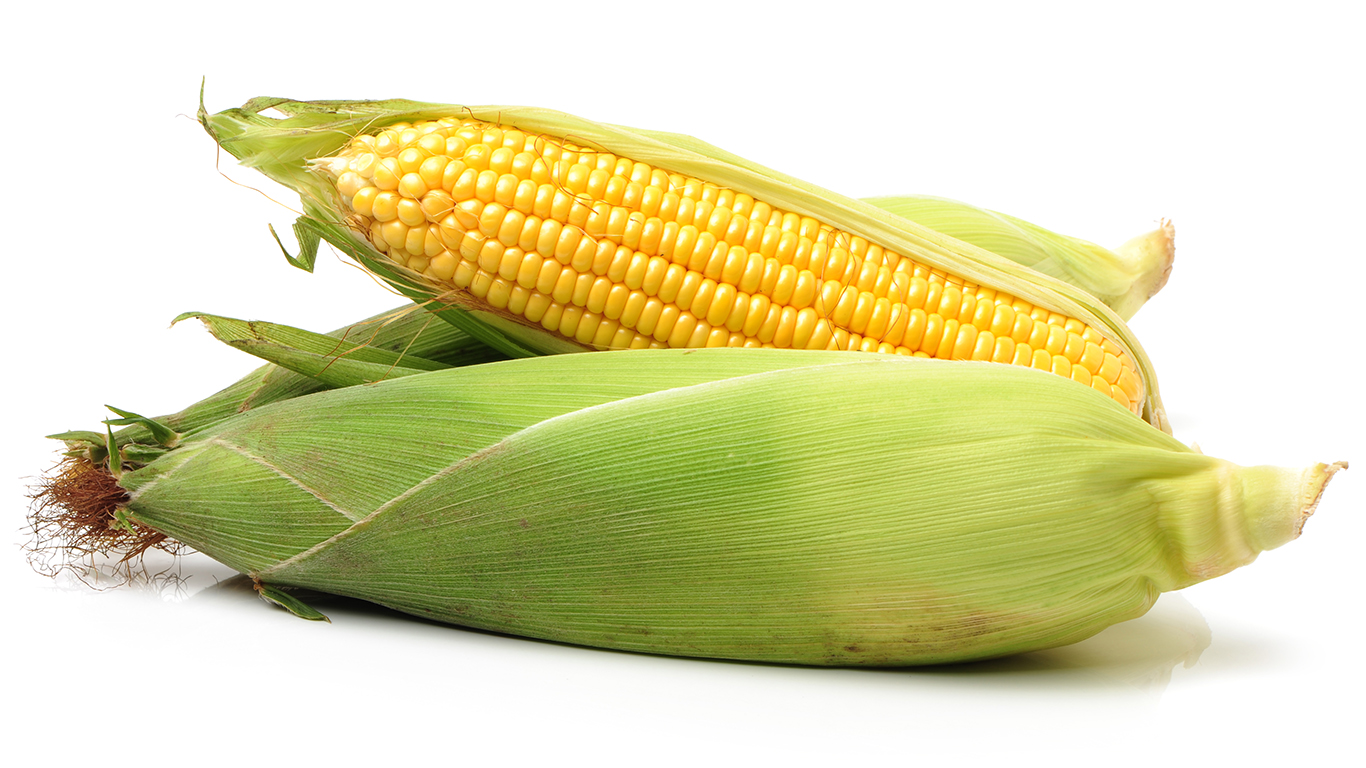
Corn
Look for smooth green husks and greenish-yellow tassles with dark tips. If the husks are dry and papery or the tassles are completely yellow or dry, the corn is too old to have much sweetness or flavor. Some people, annoyingly, strip back the husks at the market to make sure the ears are full of kernels, leaving carnage behind in the produce aisle. Instead, just feel the ears firmly through the husks. You’ll be able to tell if there are appreciable gaps.

Eggplant
Numerous varieties of eggplant are now available, especially at farmers markets, in various sizes, shapes, and colors. Whatever the particulars, look for bright colors and unblemished skin. Larger eggplants should feel hefty, and all varieties should feel resilient when lightly squeezed.

Grapes
The best grapes are plump and nicely colored, attached firmly to their stems (with the stems attached firmly to the bunches), and without cracks.
[in-text-ad-2]

Green beans
Look for those with a smooth surface and a bright green color. Avoid limp beans; those in good condition should snap when bent.

Lemons
The best lemons have a rich lemony perfume. Avoid those with particularly thick skins, which you can detect by gently squeezing. Lemons should be firm, but if they don’t give at all, they probably won’t yield much juice.
[in-text-ad]
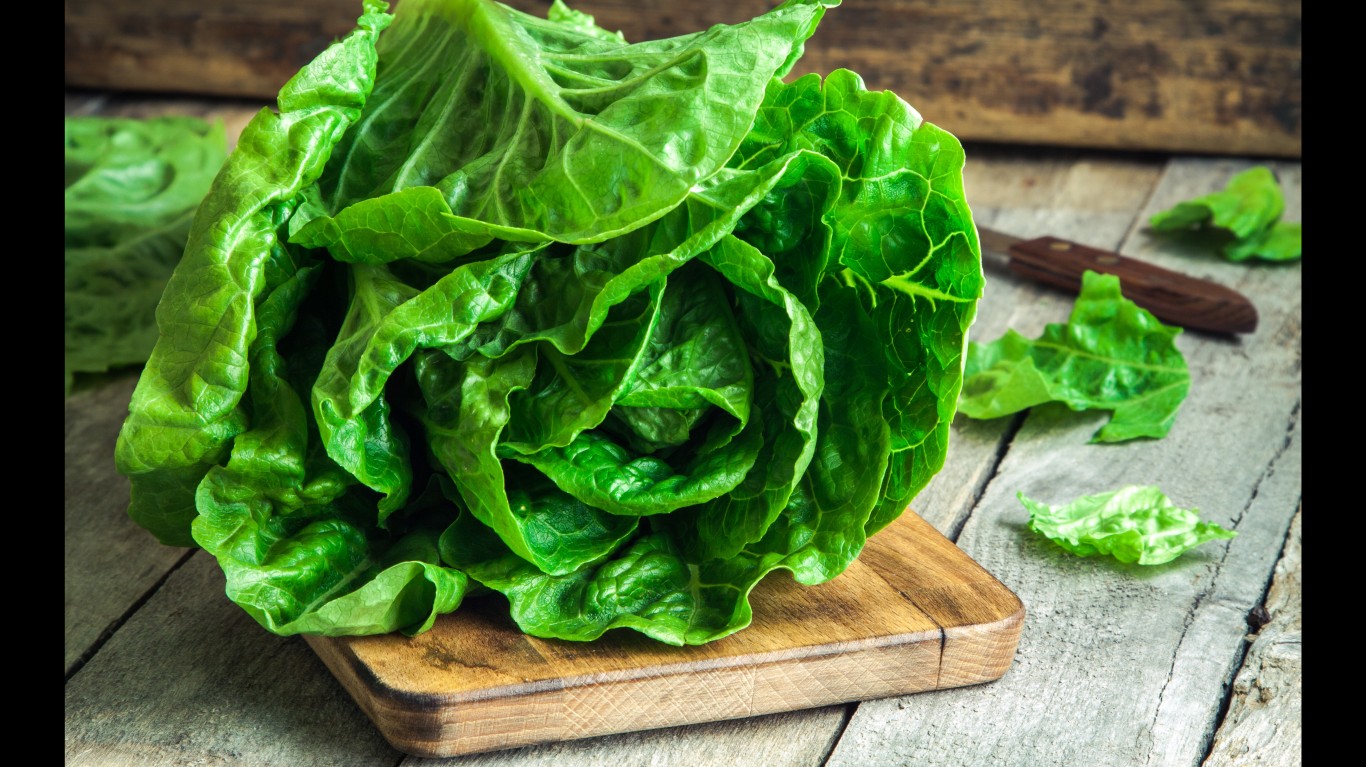
Lettuce
Avoid any with brown edges or spotting. Pay special attention to heads that are secured with wire ties, as these often cut into the lettuce and leave brown scars.
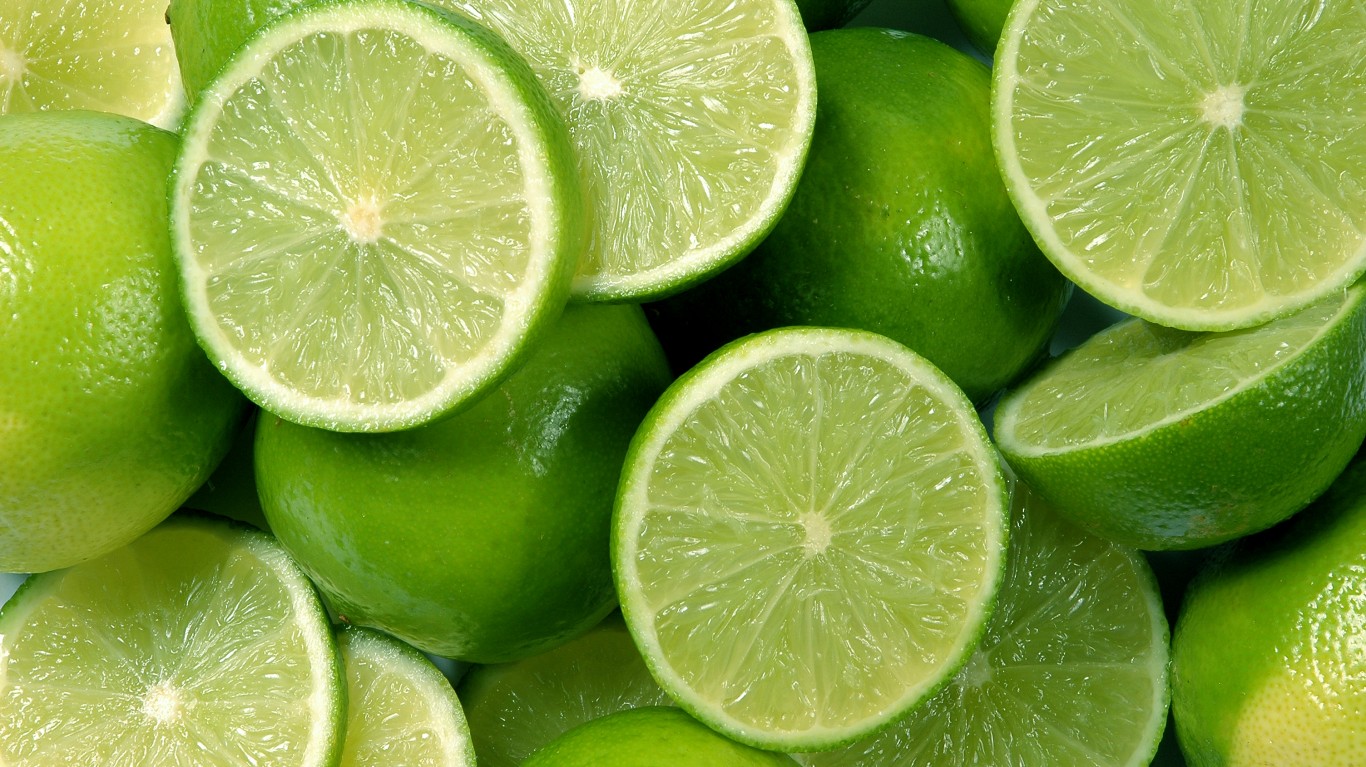
Limes
You’ll want firm, shiny fruit with good color. As limes age, they get lighter in hue and shrivel slightly — signs that they’re drying up inside.
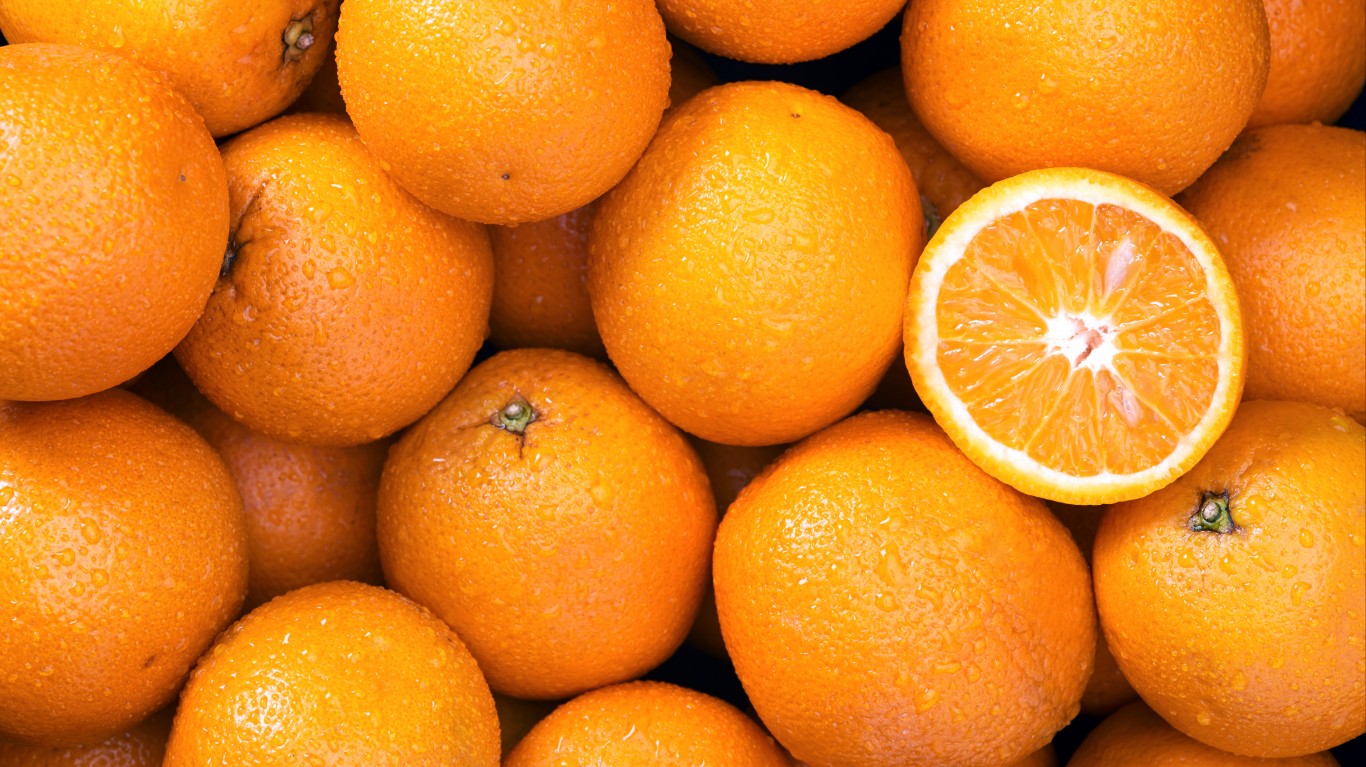
Oranges
Choose fruit that’s smooth-skinned and heavy for its size. The color of most varieties should be bright.
[in-text-ad-2]

Peaches and nectarines
The best indicator of quality here is fragrance, especially with peaches. Don’t be afraid to pick one up and smell it; you’ll know you have a good one if the perfume is sweet and intense. If the fruit is rock-hard or bruised, though, avoid it, even if it smells good.
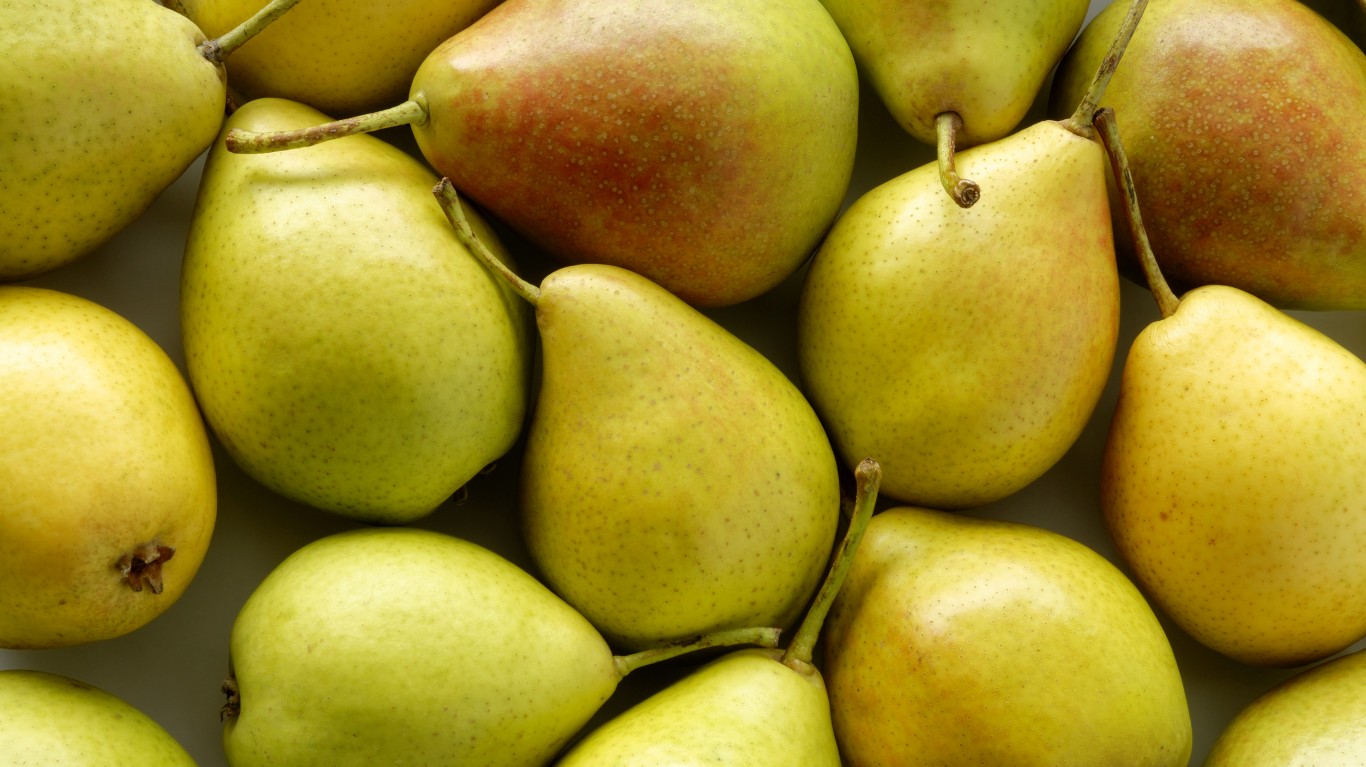
Pears
Look for fruit with no bruises or discoloration at the stem end. Fruit should give slightly to the touch, with the exception of Bosc pears, which remain very firm even when ripe.
[in-text-ad]
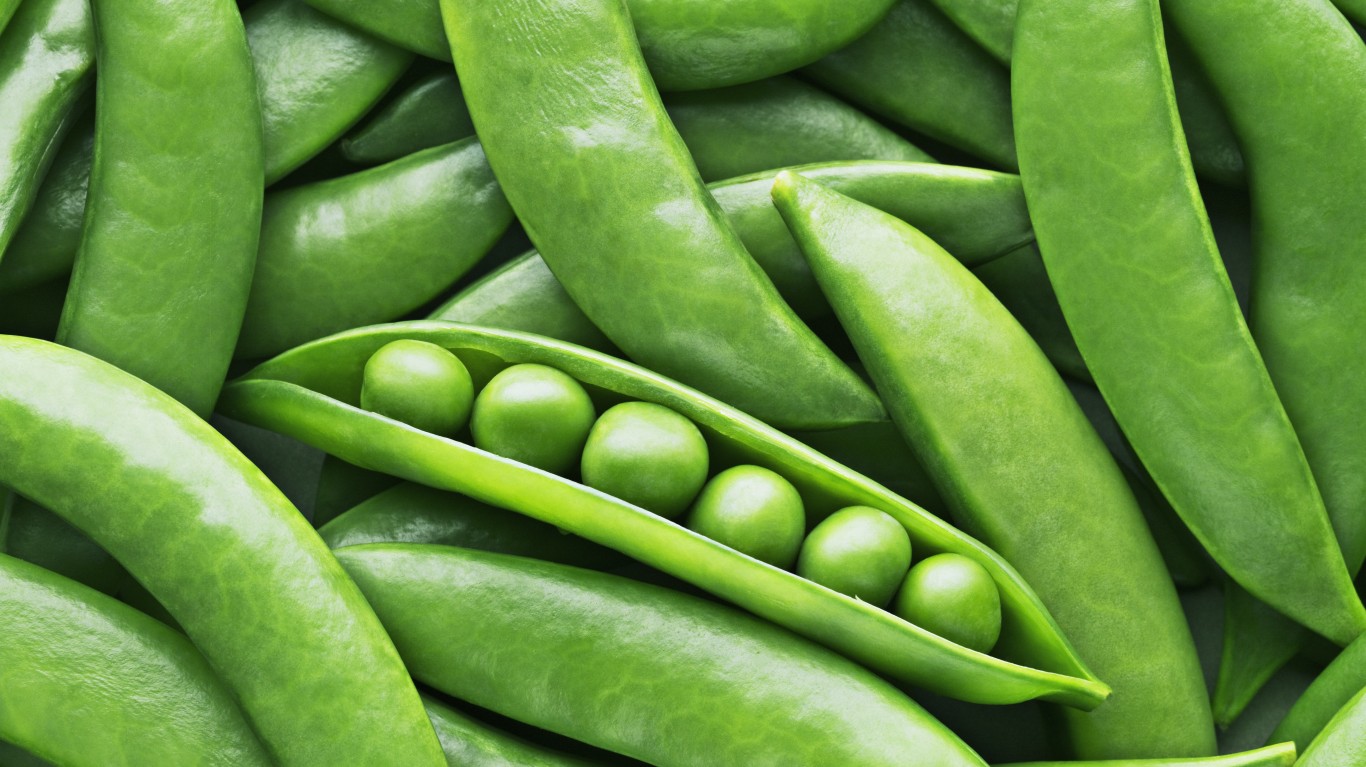
Peas
Avoid shriveled or discolored pods. If you have the patience, pick through the pods one by one and choose those that are full of rounded peas (you’ll be able to tell by the way they look). If you just buy them by the handful, do your culling when you’re shelling them: Don’t waste time on the pods that are flat or mostly empty.
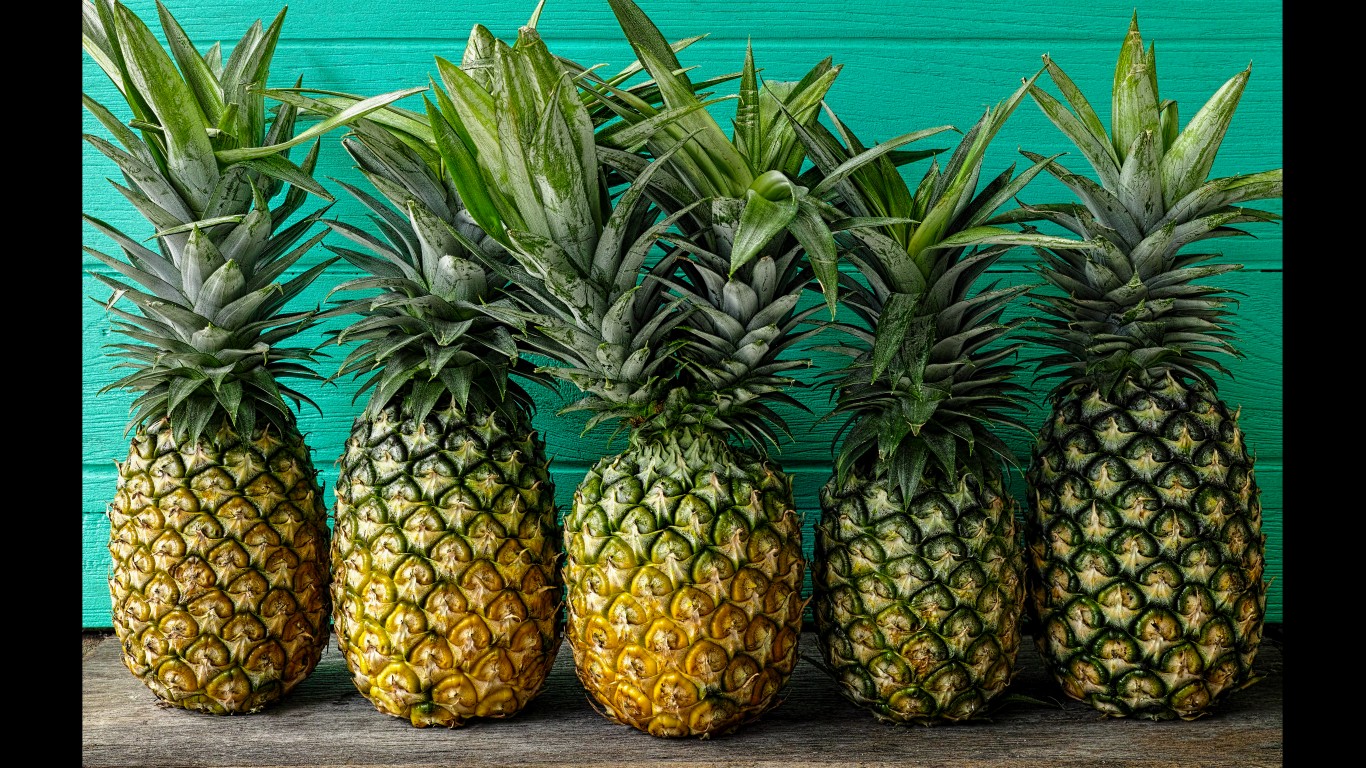
Pineapple
A sweet smell is a good sign of a ripe, sweet pineapple. The leaves should be attractively green but not too dark in color. If you can gently tug a leaf out of the top, the fruit is at prime ripeness.

Potatoes
Don’t choose spongy or shriveled potatoes, and avoid those with sprouts or large eyes.
[in-text-ad-2]
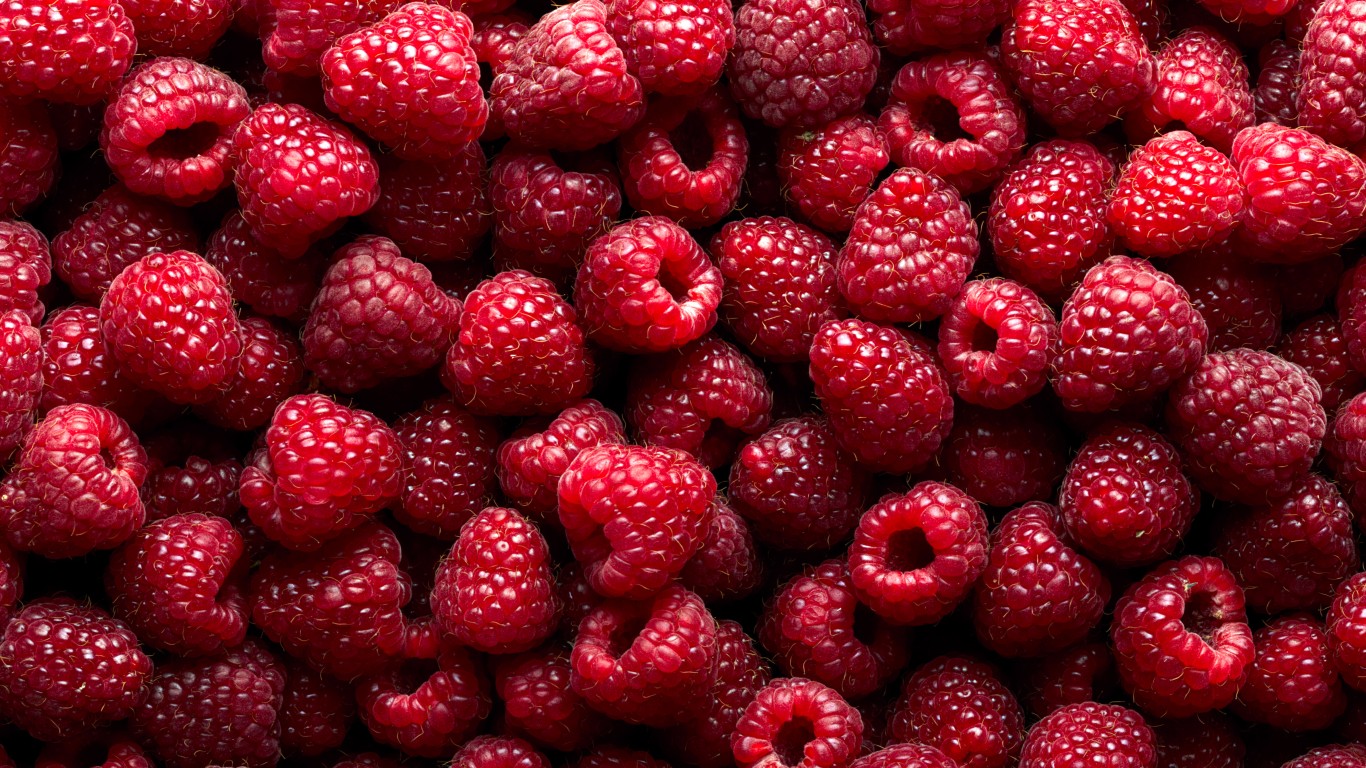
Raspberries
Raspberries are more delicate than blueberries or strawberries, and are often mashed or moldy. Avoid those and look for berries that are dry, intact, and evenly colored.
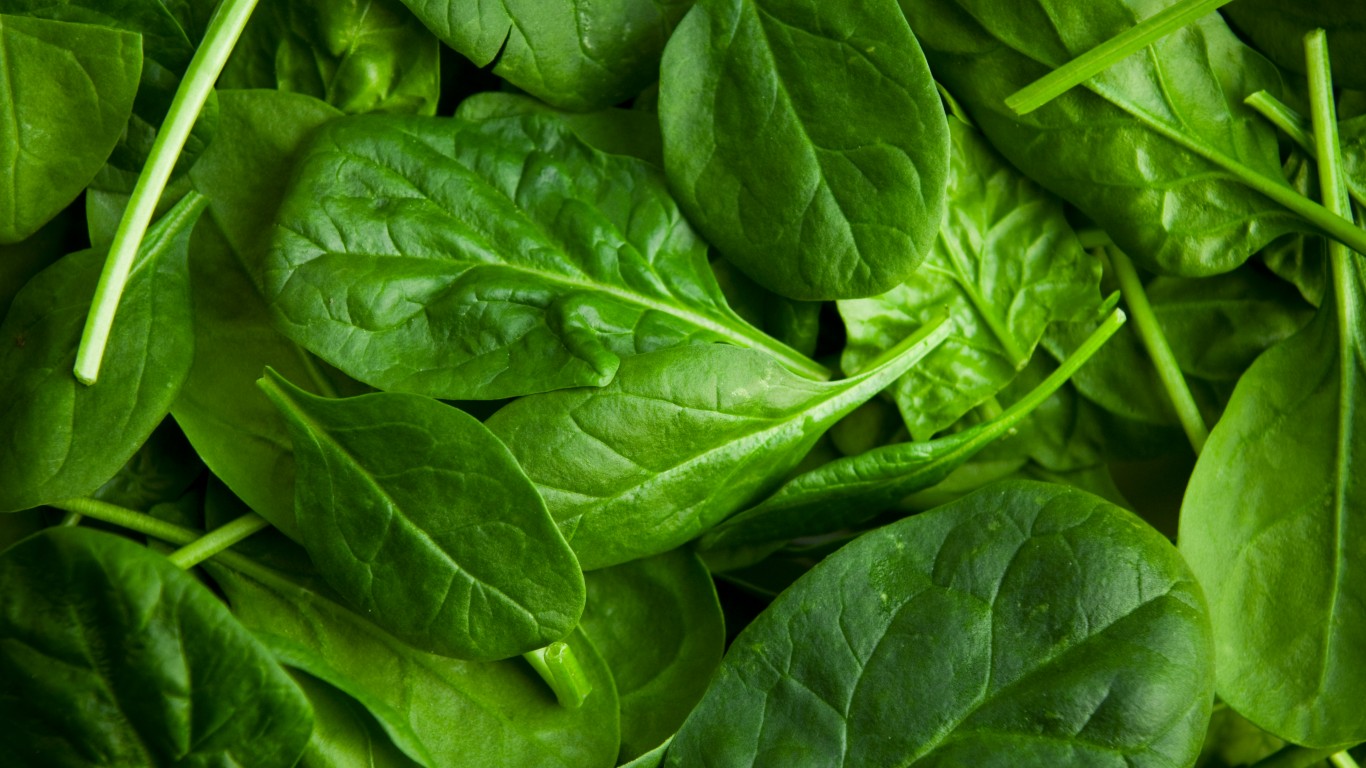
Spinach
Look for bright green leaves with no yellowing, and choose younger (or “baby”) spinach if possible, to avoid fibrous stalks.
[in-text-ad]
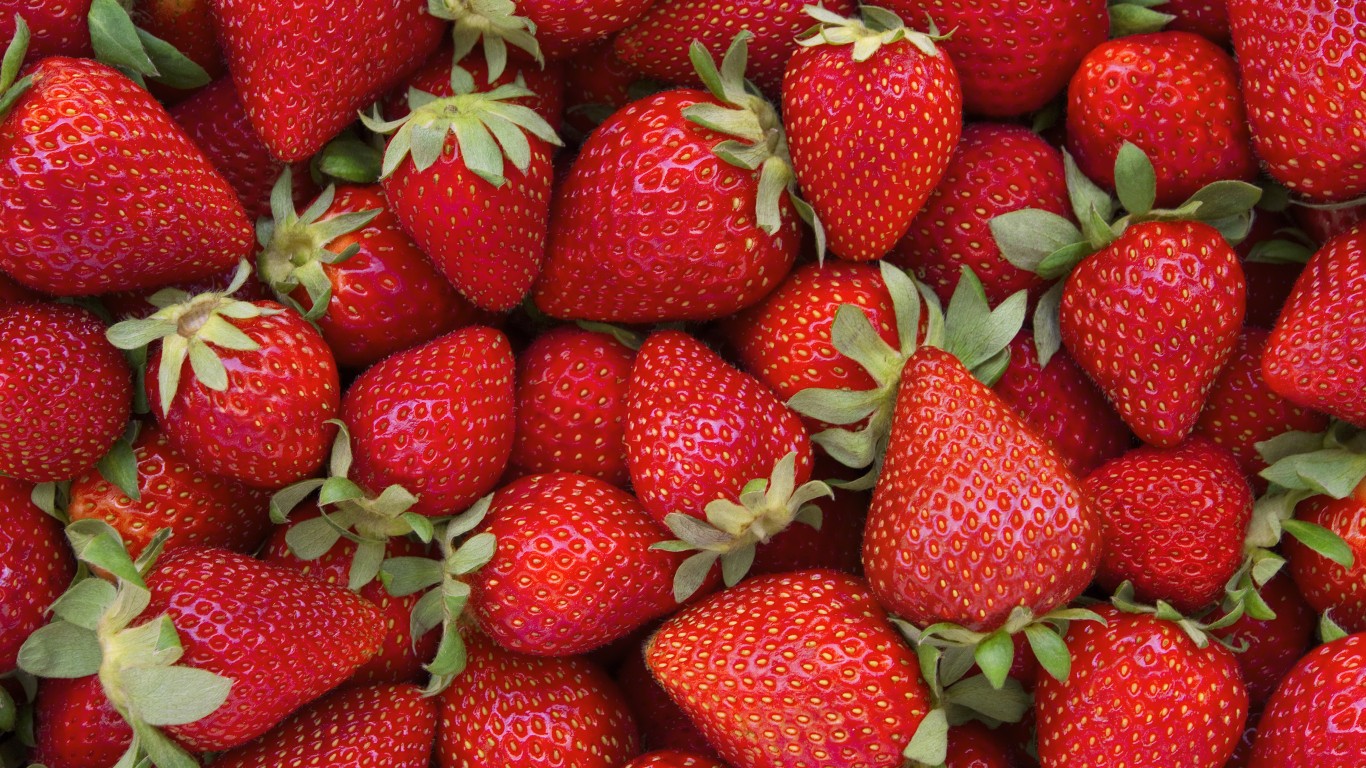
Strawberries
Unlike blueberries and raspberries, ripe strawberries have a pronounced fragrance. If they don’t smell good, don’t bother. As with other berries, though, watch out for bruised or moldy fruit.

Tomatoes
A rich red color isn’t necessarily an indicator of quality, as the redness can be obtained through forced ripening. Good tomatoes have a subtle but attractive aroma, though, so that’s something to look for. Beyond that, avoid tomatoes with bruises or cracks, or — a problem with some farmers market tomatoes — those that are so misshapen that they’ll be difficult to slice.
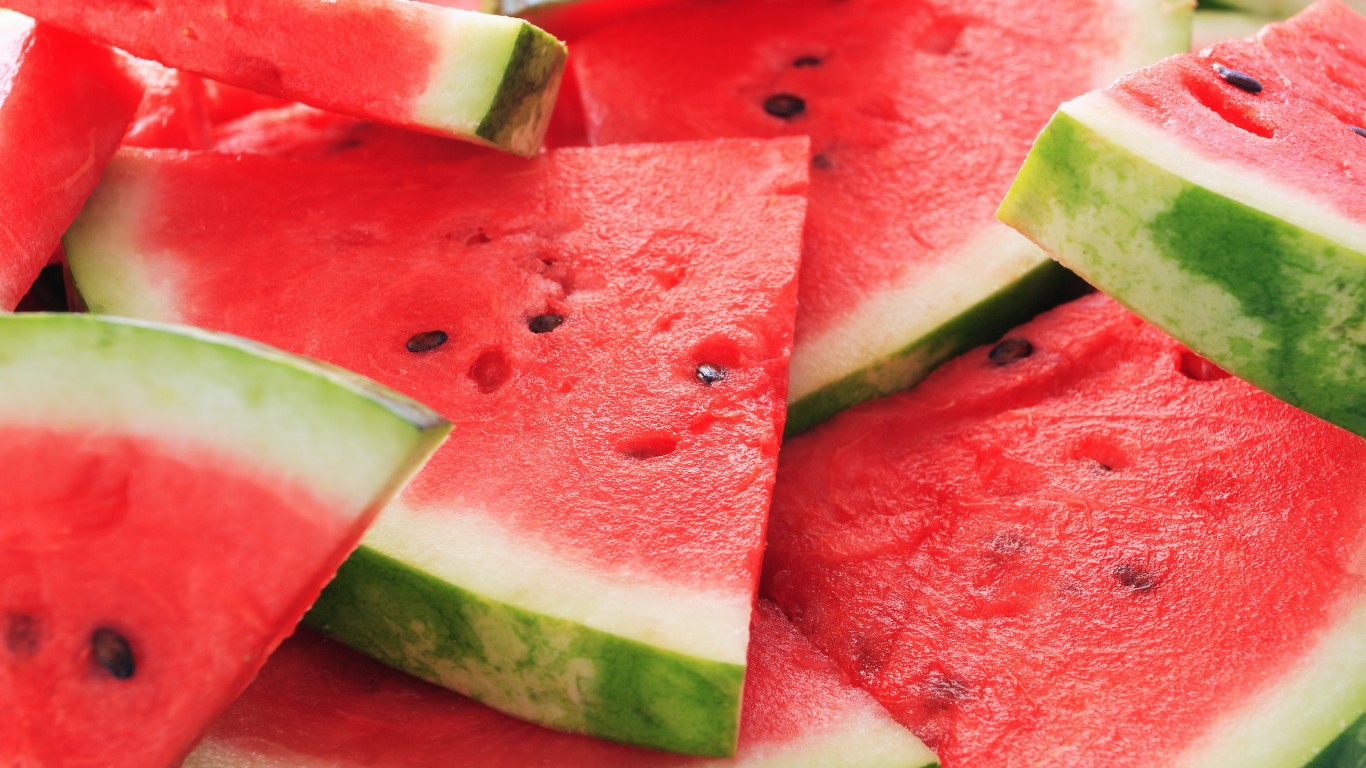
Watermelon
As a general rule, the heavier the watermelon the sweeter it will be. Good watermelons also sound hollow if you thump them with your knuckles. The best were vine-ripened; these may be identified by a yellow or yellow-white spot on one side, where the melon sat on the ground.
[in-text-ad-2]

Zucchini and other summer squash
Look for smooth skin with no nicks. The color should be bright and the fruit should feel heavy for its size.
The Average American Has No Idea How Much Money You Can Make Today (Sponsor)
The last few years made people forget how much banks and CD’s can pay. Meanwhile, interest rates have spiked and many can afford to pay you much more, but most are keeping yields low and hoping you won’t notice.
But there is good news. To win qualified customers, some accounts are paying almost 10x the national average! That’s an incredible way to keep your money safe and earn more at the same time. Our top pick for high yield savings accounts includes other benefits as well. You can earn up to 3.80% with a Checking & Savings Account today Sign up and get up to $300 with direct deposit. No account fees. FDIC Insured.
Click here to see how much more you could be earning on your savings today. It takes just a few minutes to open an account to make your money work for you.
Our top pick for high yield savings accounts includes other benefits as well. You can earn up to 4.00% with a Checking & Savings Account from Sofi. Sign up and get up to $300 with direct deposit. No account fees. FDIC Insured.
Thank you for reading! Have some feedback for us?
Contact the 24/7 Wall St. editorial team.
 24/7 Wall St.
24/7 Wall St. 24/7 Wall St.
24/7 Wall St.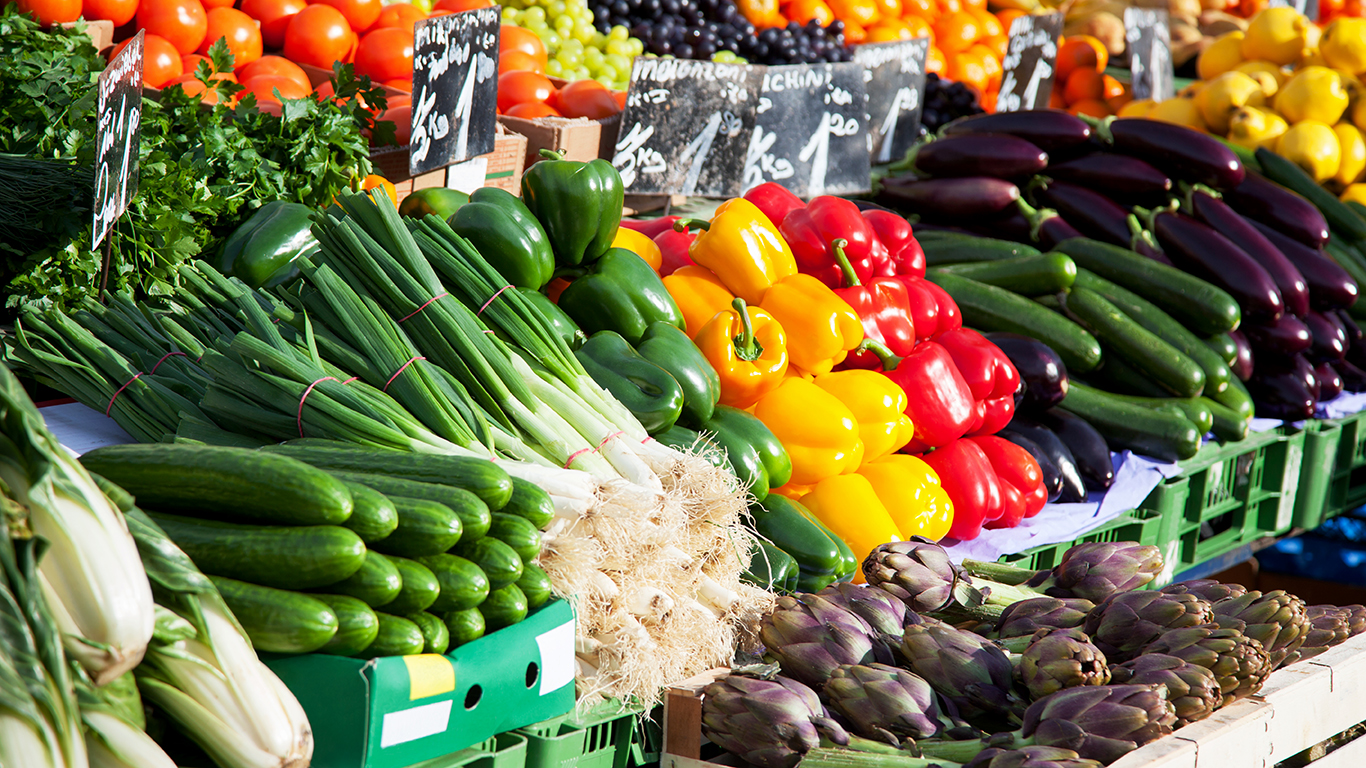 24/7 Wall St.
24/7 Wall St.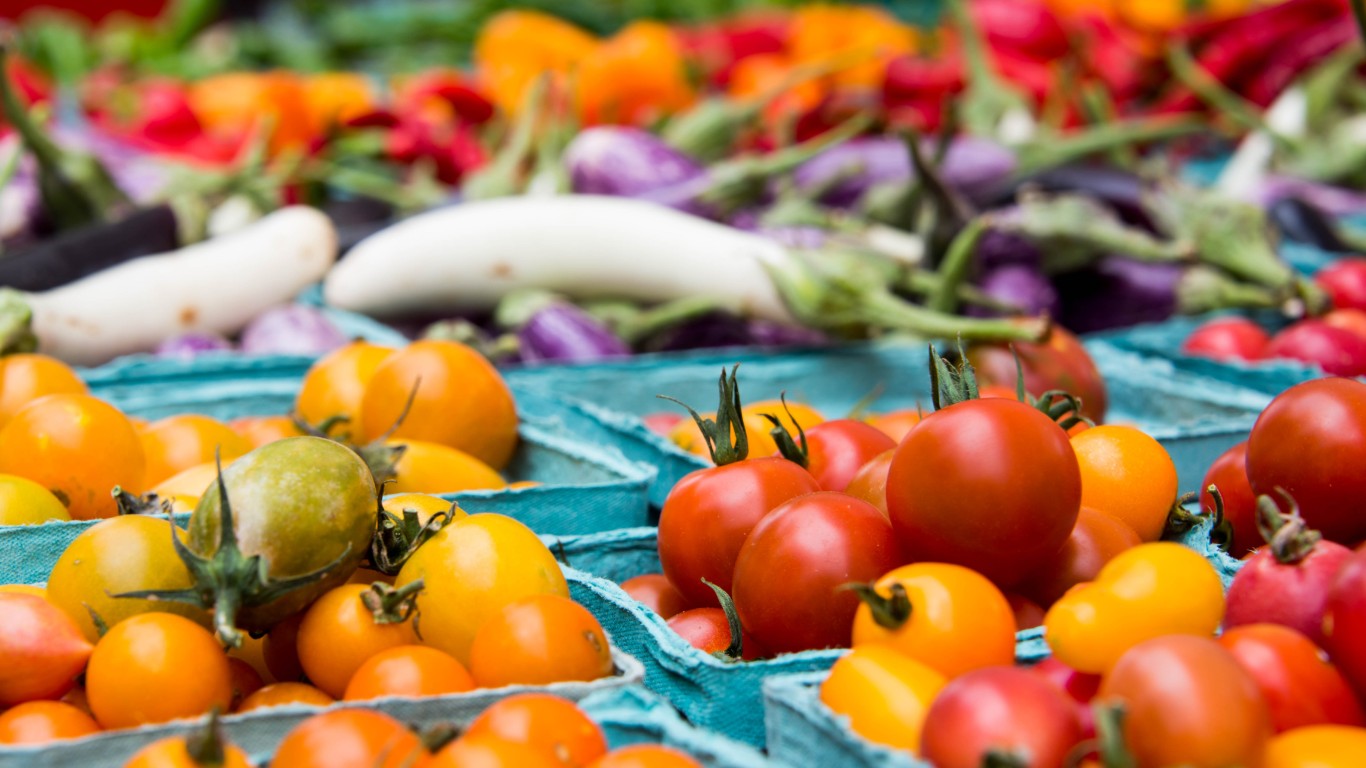 24/7 Wall St.
24/7 Wall St.



